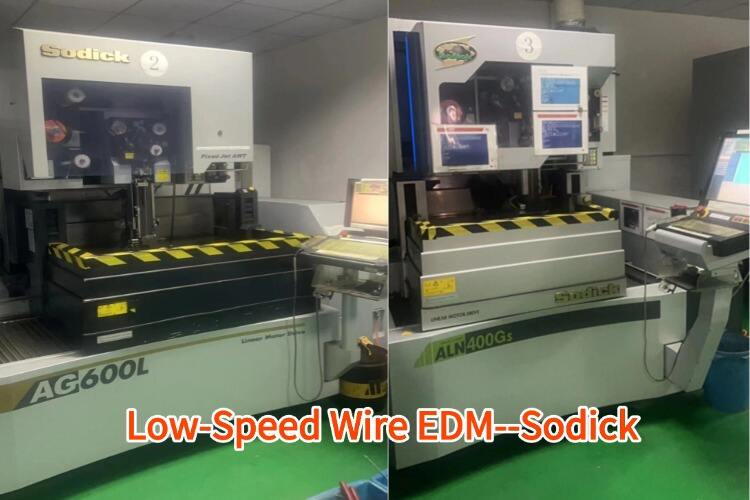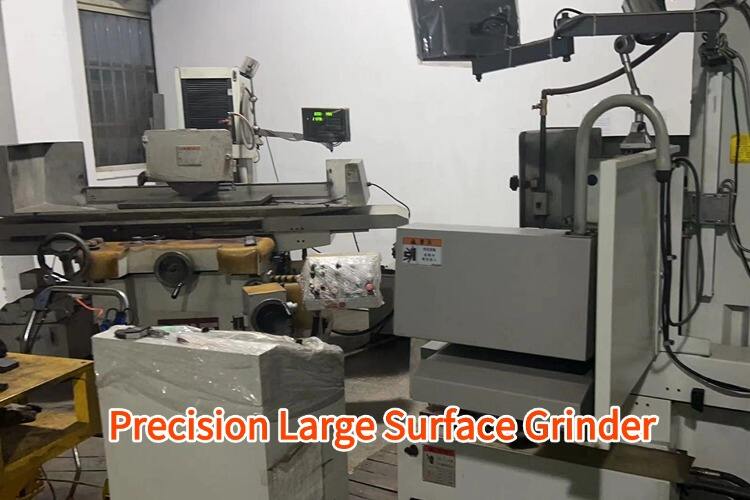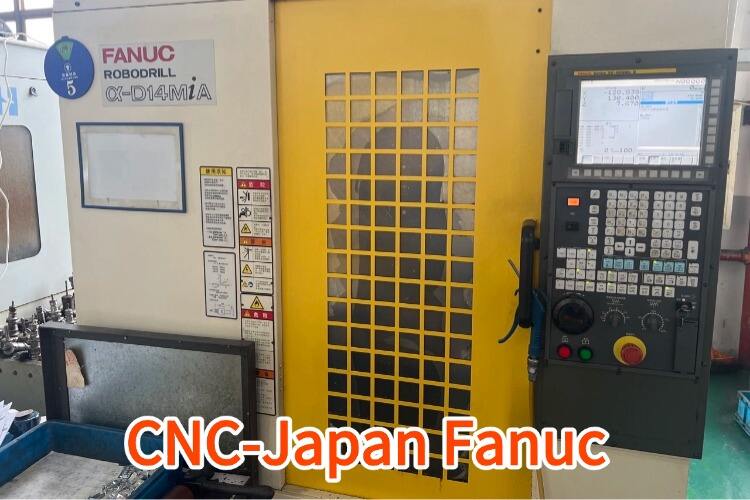precision metal machining parts cnc turning component
Precision metal machining parts CNC turning components represent the pinnacle of modern manufacturing technology, offering unparalleled accuracy and consistency in metal component production. These components are manufactured through a sophisticated computer-controlled process that enables the creation of complex geometrical shapes with exceptional precision. The CNC turning process involves rotating a metal workpiece while cutting tools move in various axes to remove material and achieve the desired shape. These components are characterized by their superior surface finish, tight tolerances typically within ±0.001 inches, and exceptional dimensional accuracy. The technology employs advanced cutting tools and precision control systems to ensure repeatable quality across production runs. These components find extensive applications across numerous industries, including aerospace, automotive, medical devices, and industrial equipment manufacturing. The versatility of CNC turning allows for the production of both simple and complex parts, from basic cylindrical components to intricate parts with multiple features. The process can accommodate various materials, including stainless steel, aluminum, brass, titanium, and exotic alloys, making it suitable for diverse applications requiring specific material properties.


